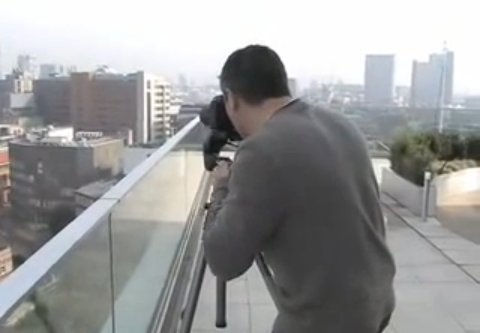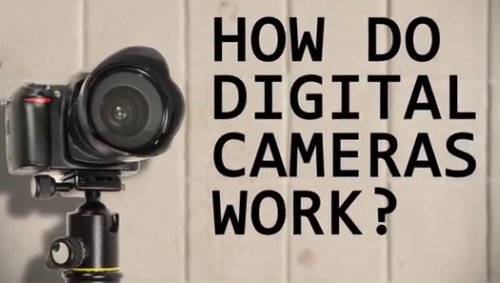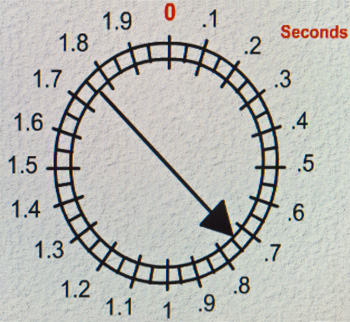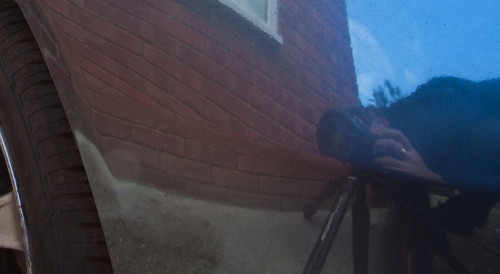
• World Backup Day ![]() •
•
Make sure your files are safe. Back them up.
Backup, backup, backup!
March thirty-first 2014 was World Backup Day ![]() . “What’s that all about?” you might ask. Well, if you do ask that you probably have not experienced the anguish of losing all your files. For some people it can be devastating.
. “What’s that all about?” you might ask. Well, if you do ask that you probably have not experienced the anguish of losing all your files. For some people it can be devastating.
What if you don’t backup?
I spent fifteen years in managing IT services and image libraries. A job where backup is everything. Without it we might have lost thousands of precious files. Most could not be replaced.
In that time I’ve come across many people who lost files. The most common losses were simple delete mistakes. In most cases these lost files can simply be un-deleted.
However, if you lose your storage media or hard drive you lose everything stored on it. Theft, software failure, software infection, mechanical failure – all are equally devastating. Your files are gone.
I have often heard people say, “well, it could happen”. “But I have nothing precious to lose”. This indicates a state of mind. People often do not appreciate the value of the data they have on their computer. Photographers may appreciate our collection of files. They represent our cumulative photographic efforts. But most people have other valuable data too. Past emails from loved ones. Pictures sent to you. Medical information. Passwords. Personal banking and finance data. Personal correspondence and records. Insurance details; investment files… The list goes on.
Over the years I have so often seen people devastated by what they have lost. They just did not realise what they had on their computer. But when the data is gone it’s too late.
If you lose your data there are also many problems ahead. Finding information again after losing data takes months. Getting in contact with people to get new accounts set up takes time. In fact one or two people have told me that after losing a hard drive they spent years recovering from it. After you lose some information some Internet accounts may never be available again! Will you lose files that way?
The answer is simple – backup
Many photographers do not backup their photos. So what should you do to protect against loss?
Backup is easy. It requires a small investment and a mental commitment. First an important principle…
LOCKSS :: This stands for Lots of Copies Keep Systems Safe.
Of course you need to spread these copies across different storage media. If every file is on one hard drive this becomes a single point of failure.
So, the second thing you need is a second hard drive or storage medium. With a second drive you can back up your files onto it.
A USB drive is a bit unreliable for backup and and easily lost. An external hard drive is best. They have big capacities to hold all your files. Buy one which is the same size as your computer hard drive. They can be purchased at reasonable prices. You can check out a range of them easily – External USB hard drives for your computer ![]()
.
A more secure backup system will involve two backup drives. Here is how it will work…
- Working drive: this has your working files on it – it’s normally the hard drive on your computer.
- Backup drive: Backup working files by copying them to this dedicated backup drive. Now if your computer hard drive fails you will have your files safe on a standby drive.
- Third copy: On a regular basis, backup to a third drive.
- Off-site storage: Take the third backup drive to a different location. Now if there is a fire or other loss (theft, virus etc). The other location represents a safe place for your files destroyed by the fire.
So you will have: two copies where you normally work and one off-site. This is a safe backup system. It will cover most file loss situations.
Backup time
It takes little time to copy files from one drive to another. However, it is easier when you use an automatic system. There are many file archive systems available. A good number of them are free.
One good example is the file backup system I use. Called Allway Sync ![]() . I have found it a very flexible system to use and very easy to run.
. I have found it a very flexible system to use and very easy to run.
There are other backup systems you can research…
Check this page on Google ![]() .
.
As you can see from this search many of these systems are free software. You have chance with others to try “before-you-buy” too.
Another way to back up your data, photographs and files is to upload them to an online drive. Google has such a drive. Dropbox ![]() is another… there are other versions too. All you do is have one drive to work on – and one drive on the Internet. That way you have a second drive that is off-site and safe.
is another… there are other versions too. All you do is have one drive to work on – and one drive on the Internet. That way you have a second drive that is off-site and safe.
This cloud-based backup system sounds good. But it can get expensive, and slow, once you start to accumulate lots of files. And, lets face it, photographers really do have lots of files. But it might suit you. So feel free to experiment or try out internet storage.
Backup commitment…
Earlier I said you need some commitment. Well that is needed to backup regularly. You really need to do it. Either have an automated system. Or, diary a date – say weekly. Then back up regularly. Do it daily if you need to do so. But make the commitment. If you don’t backup regularly you will pay for it later. Because, you will have a drive failure one day.
A state of mind
Doing regular backup work is a state of mind. You’ll need to spend a little money on drives or storage. You need to have some software or a regular date with your diary. And, you need to be aware of how much effort it takes to recover from a loss. Setting up a backup system for yourself now can save you a lot of time and pain recovering from losses later.
Make sure you commit. Make sure you backup regularly. I would hate you to be one of those people who spend years recovering from a major data loss.
Comments, additions, amendments or ideas on this article? Contact Us
or why not leave a comment at the bottom of the page…
Like this article? Don’t miss the next — sign up for tips by email.
Photokonnexion Photographic Glossary – Definitions and articles.
World Backup Day
External USB hard drives for your computer
Allway Sync
File backup and archive software on Google
Dropbox
See also: How safe are your photography files from file loss?

Damon Guy (Netkonnexion)
See also: Editors ‘Bio’.
By Damon Guy see his profile on Google+.







